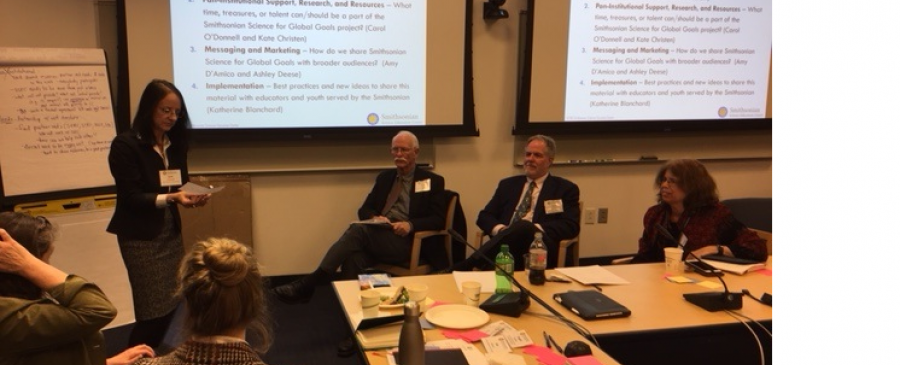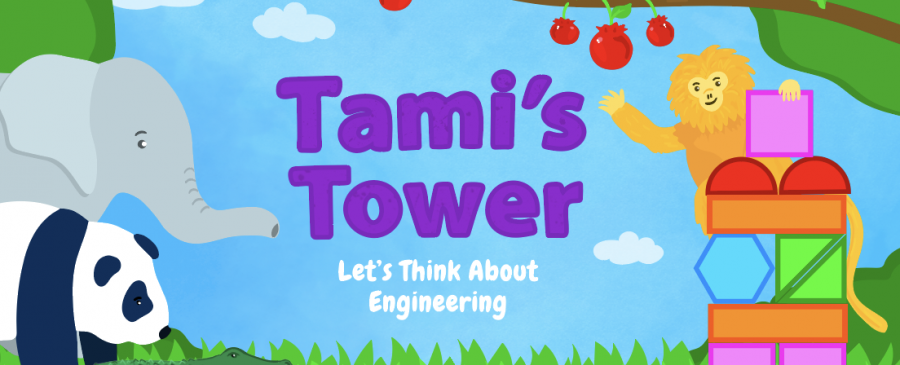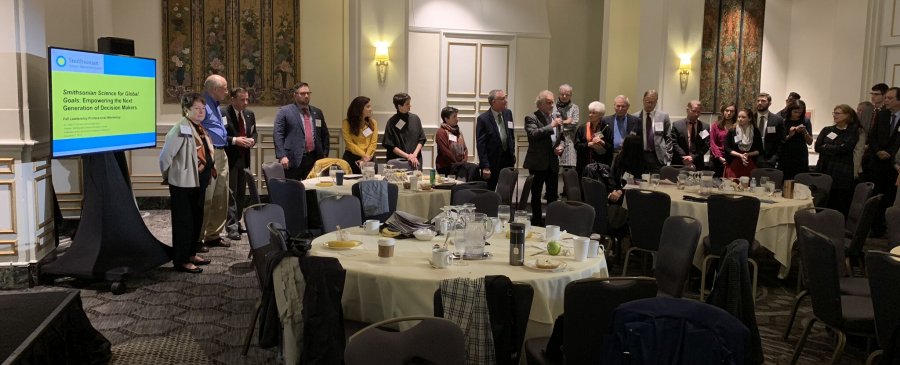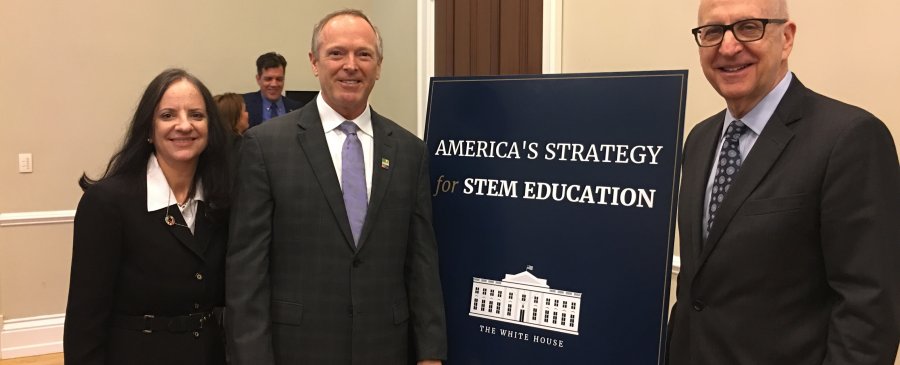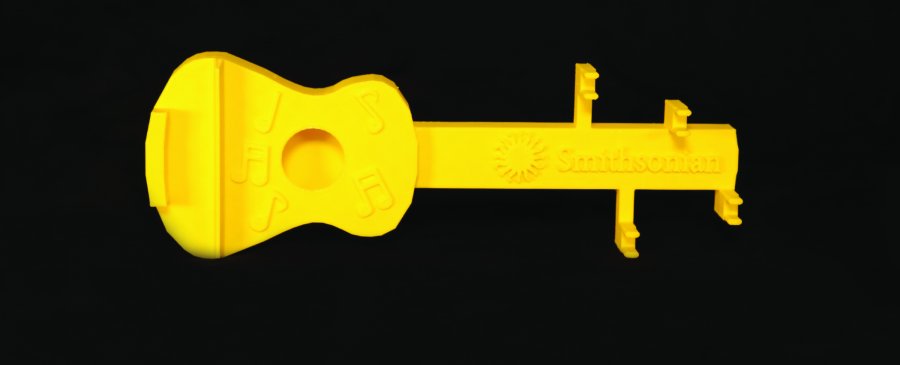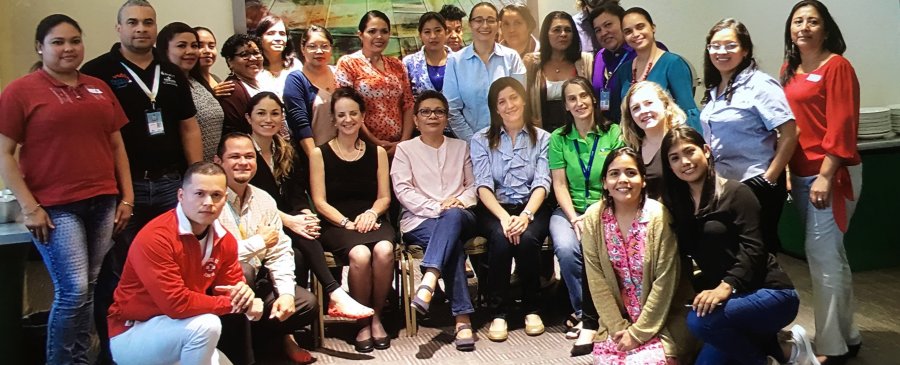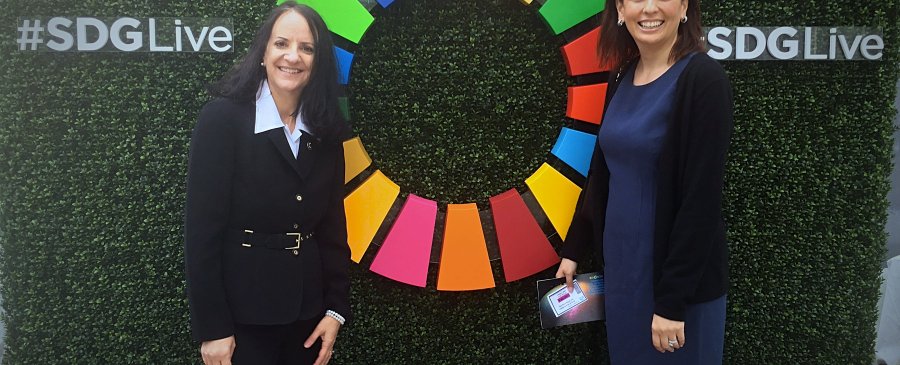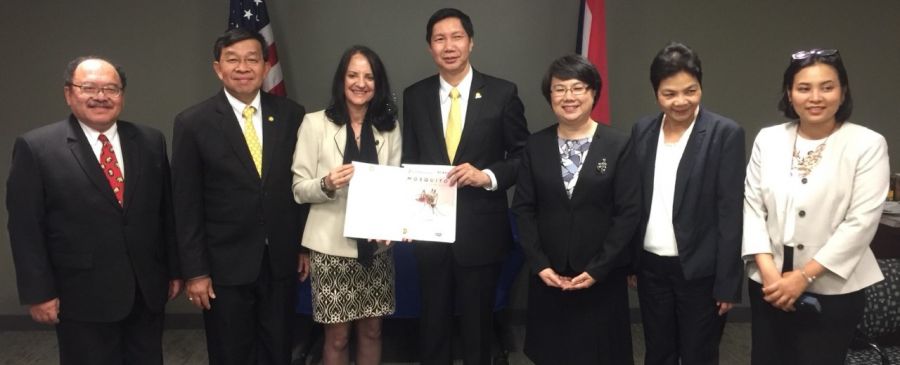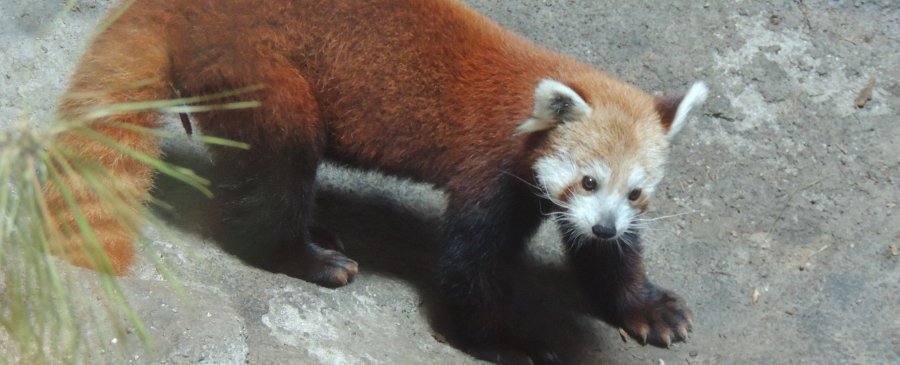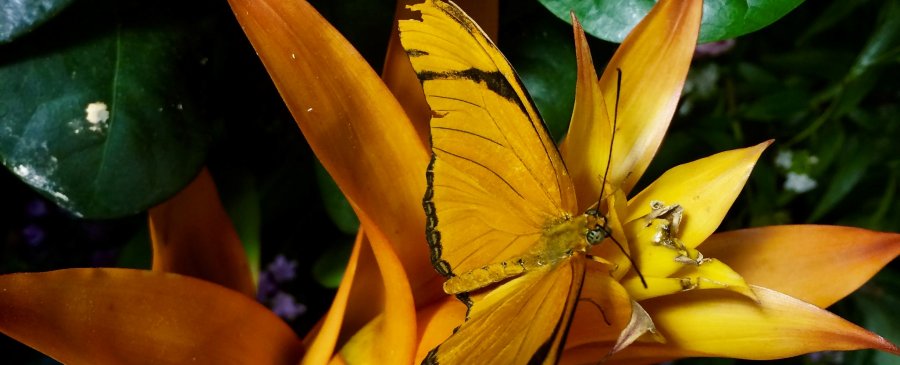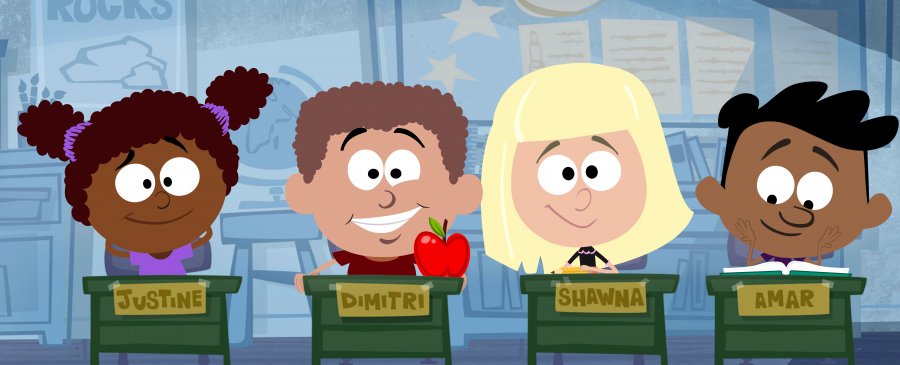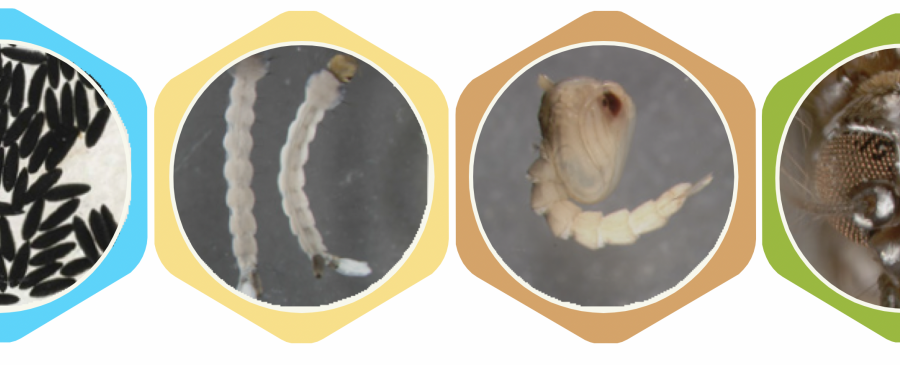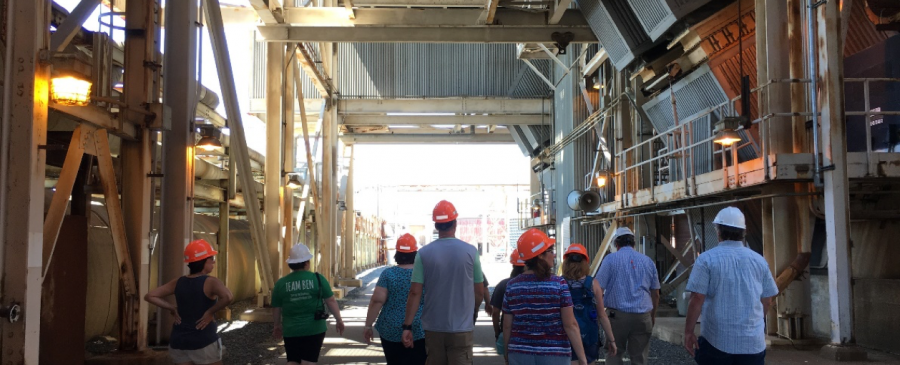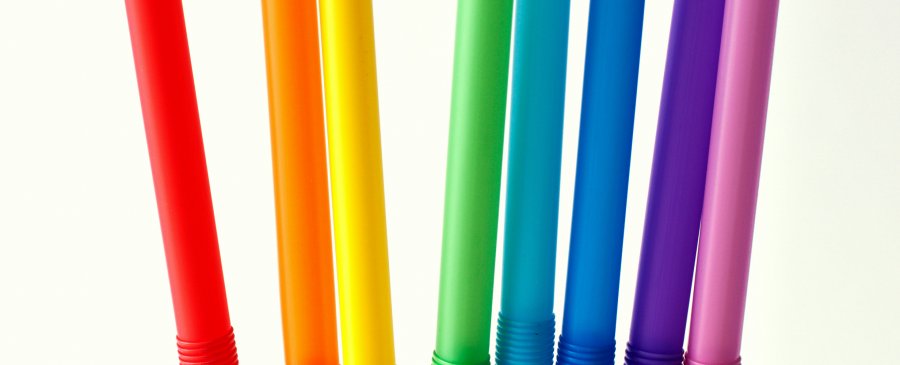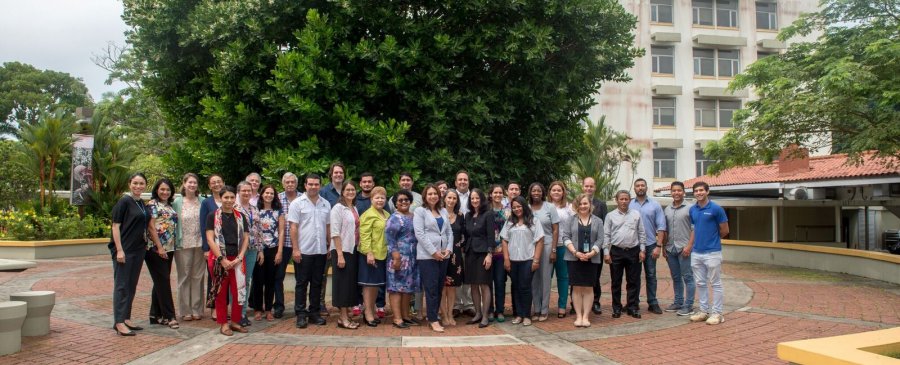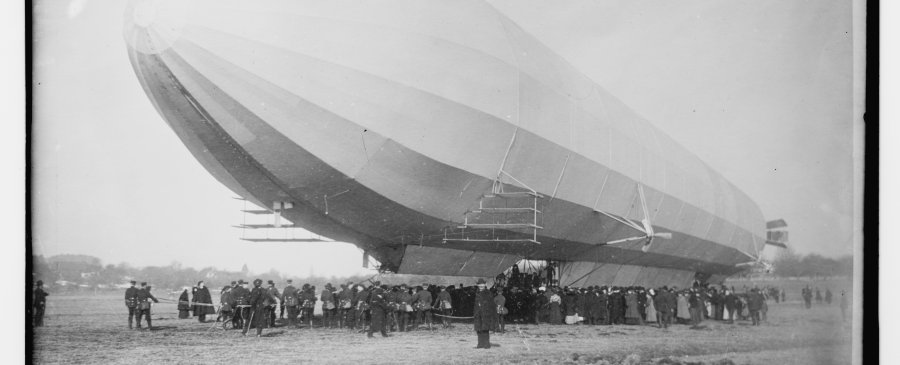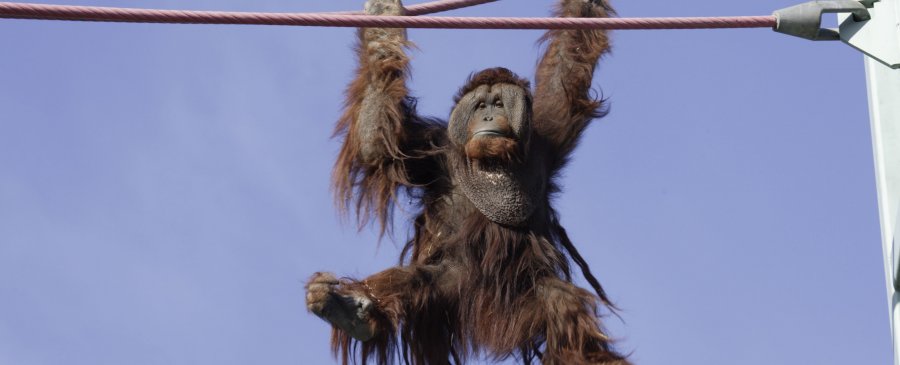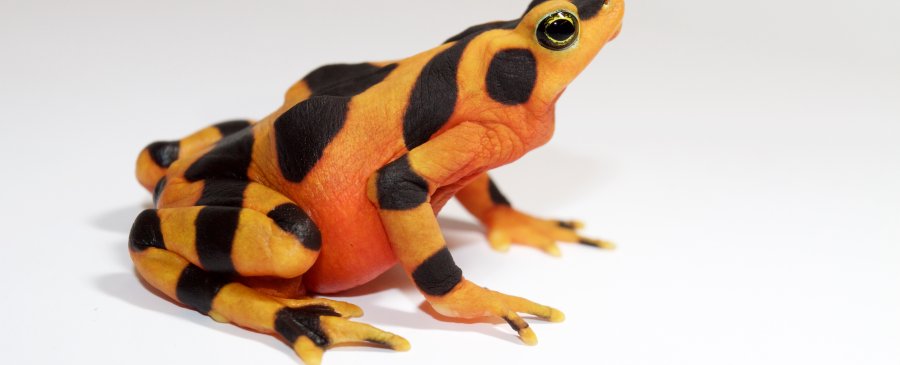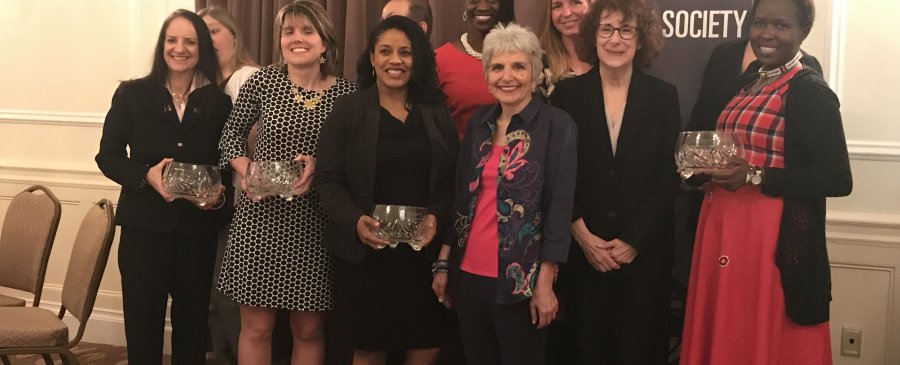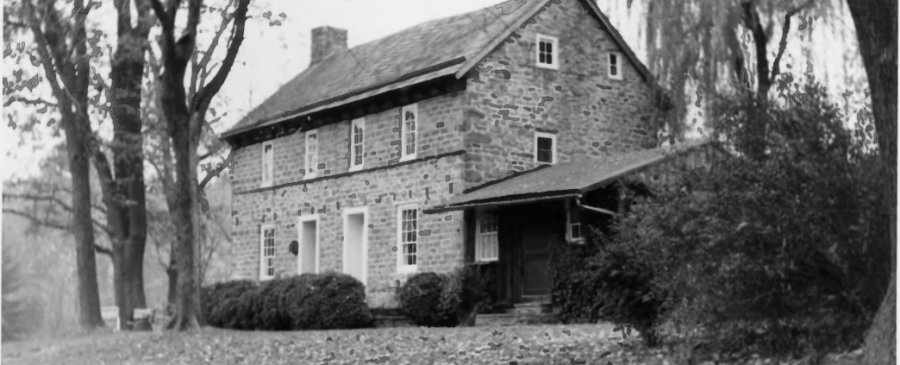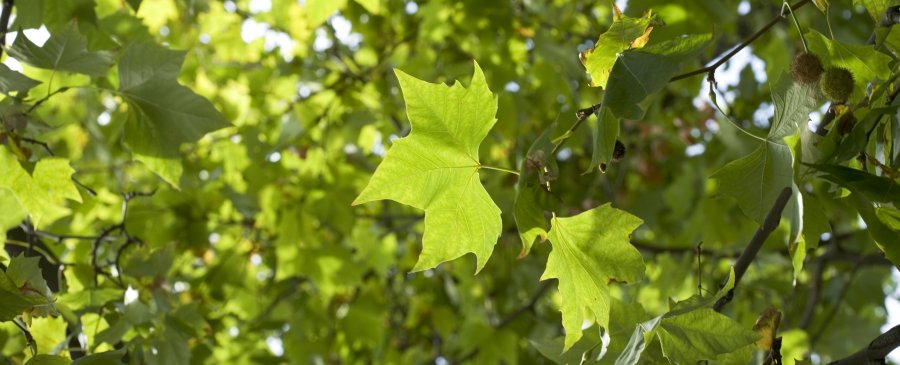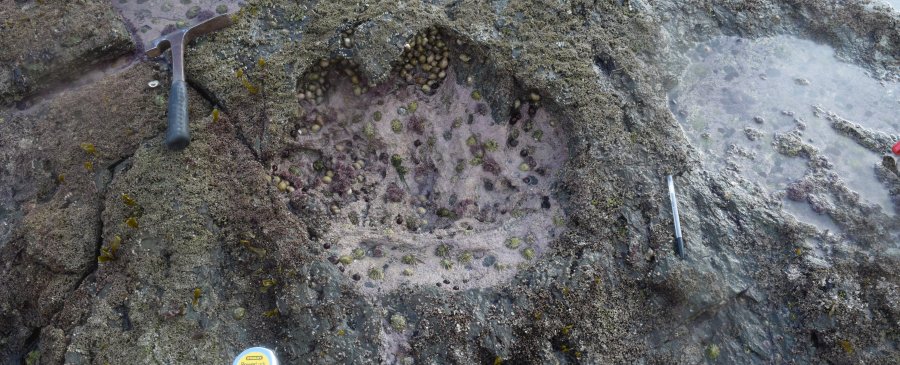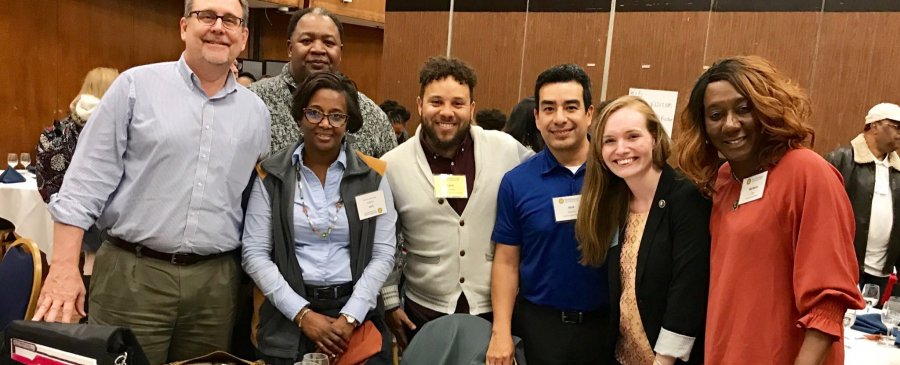When I attended SSEAT Energy's Innovations and Implications in 2018, I was a 4th grade teacher looking to deepen my own knowledge so I could better help my students understand the complex and abstract issues involving energy. It can be seriously hard to get a 9 year old to care about energy consumption! I came home from Washington, DC, with a renewed passion for my job, and I will forever consider it a life-changing event. I do not know how a teacher could experience what we did at SSEAT and not be changed, for the better, FOREVER!
Engineering is the practice we use to solve problems. Because of its importance in our world, there is a celebration for it every February. This year’s National Engineers Week (E-week for short) is February 17–24. Here are two ideas for your E-week celebration. The first is a hands-on build that can be easily adapted to your time and classroom. The other is a digital challenge called Tami’s Tower, which can be played online or downloaded to an Apple, Android, or Amazon device.
The Smithsonian Science Education Center (SSEC) has announced the release of Tami’s Tower: Let’s Think About Engineering, an educational engineering design game that will help teach students how to design a solution to a problem using basic engineering design principles. In the game, students must help Tami, a golden lion tamarin, reach fruit by building a tower with blocks. Students will need to be on the lookout for alligators, pandas and elephants that may topple the tower as they run by.
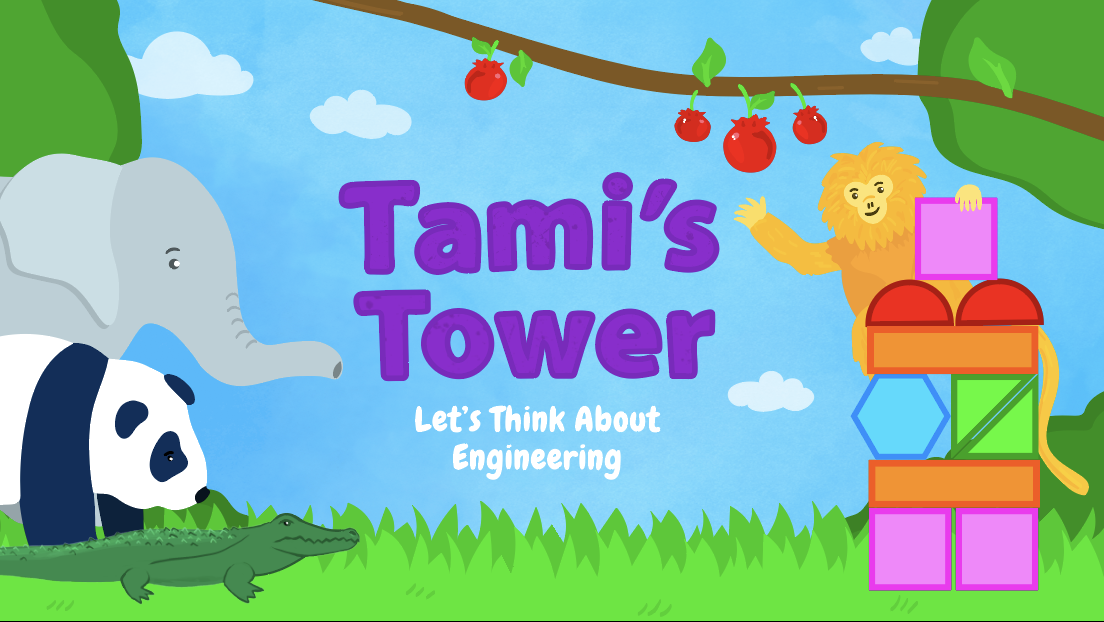
The new CoSTEM 5-year Strategic Plan was released at the White House on Tuesday December 4th, "Charting a Course for Success: America's Strategy for STEM Education." Dr. Carol O'Donnell, Director of the Smithsonian Science Education Center (SSEC)--and a member of the National Science and Technology Council (NSTC) SubCommittee on Federal Coordination in STEM Education (FC-STEM)--was one of many cross-agency authors of the plan. Smithsonian Secretary Skorton sits on the NSTC Committee on STEM (CoSTEM) and was one of the speakers at the event.
The data is clear: McKinsey reported late in 2017 that the future of labor will “create demand for millions of jobs by 2030…[and] these trends include…[an] investment in technology, infrastructure, and buildings…” McKinsey estimates that almost 400 million global workers will need to learn new skills in response to the predicted rapid automation adoption.
Before this information was made available, it was clear STEM education is critical to everyone’s future, and the company I work for, Jacobs (who recently acquired CH2M, where I have been employed for nearly 15 years) is showing up in these spaces.

The Smithsonian Science Education Center (SSEC) has announced the release of Smithsonian Science for Makerspaces, a series of free online engineering design challenges for students to engage with emerging technologies through hands-on learning. Inspired by Smithsonian Science for the Classroom, these activities bridge formal science education and the exciting makerspace movement by helping educators and teachers engage with digital and physical technologies within the context of science, technology, engineering, arts and math (STEAM) by asking them to make something new.
Virginia Polytechnic Institute and State University Visit
Smithsonian Science Education Center Director, Carol O'Donnell, traveled to Virginia Polytechnic Institute and State University on September 7th to meet with Engineering Professor Lisa McNair, who is the Director for the Center for Researching Science, Engineering, Art and Design (CRSE). CRSE is part of the University’s Institute for Creativity, Arts and Technology (ICAT) and houses ICAT's education work related to outreach and engagement, research and evaluation, and partnership and advocacy. O’Donnell had the opportunity to meet the CSRE team, as well as ICAT founding Director, Ben Knapp, and ICAT Associate Director, Tom Martin. O’Donnell also shared with the teams SSEC’s work in K-12 STEM Education, specifically recent work in educating youth in engineering practices. O’Donnell and McNair discussed mutual points of interest between the two centers and possible collaborations.

People once thought the red panda, also known as the lesser panda, was related to bears or raccoons, but they are actually their own genus, Ailuridae. Within the genus, there are two species: fulgens fulgens and fulgens refulgens. Both species live in Eastern Asia, in high-altitude, temperate forest.
Red pandas are especially cute*. They grow to be 22-24 inches with a 14-18 inch tail and weigh 8-13 pounds, which is roughly similar to a large house cat. Red pandas have russet and white fur with distinct face markings. Their fur is very thick on their body and tail, which helps keep them warm in the mountainous habitat.
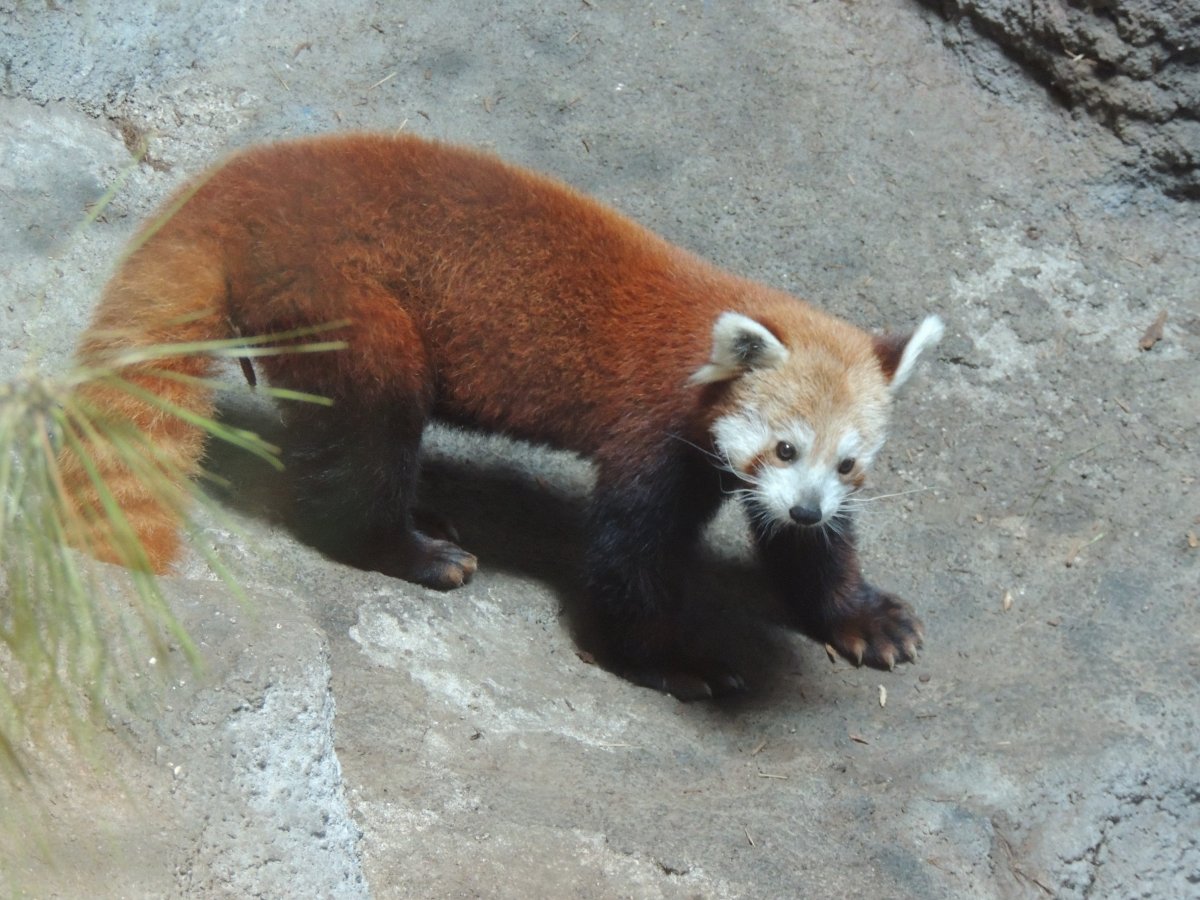
The Smithsonian National Museum of Natural History is home to some of the most valuable jewels on the planet. To me, the best ones in the museum aren’t in the Gems and Minerals exhibition. The most colorful, dazzling jewels in the museum have wings, and they are in the Butterfly Pavilion!
Located on the second floor of the museum, the Butterfly Pavilion is home to approximately 40 different species of vibrantly colored butterflies and moths. It is an interactive oasis, allowing visitors an up-close experience with hundreds of these winged creatures.
I’ve teamed up with Arthur Earle, the Volunteer Coordinator at the O. Orkin Insect Zoo and the Butterfly Pavilion, to give you the inside scoop on this hot spot. Yes, a pest management company actually sponsors the Insect Zoo. Let that sink in for a minute.
(I’m a former volunteer in the exhibition, so I’ve thrown in some insider tips here and there.)
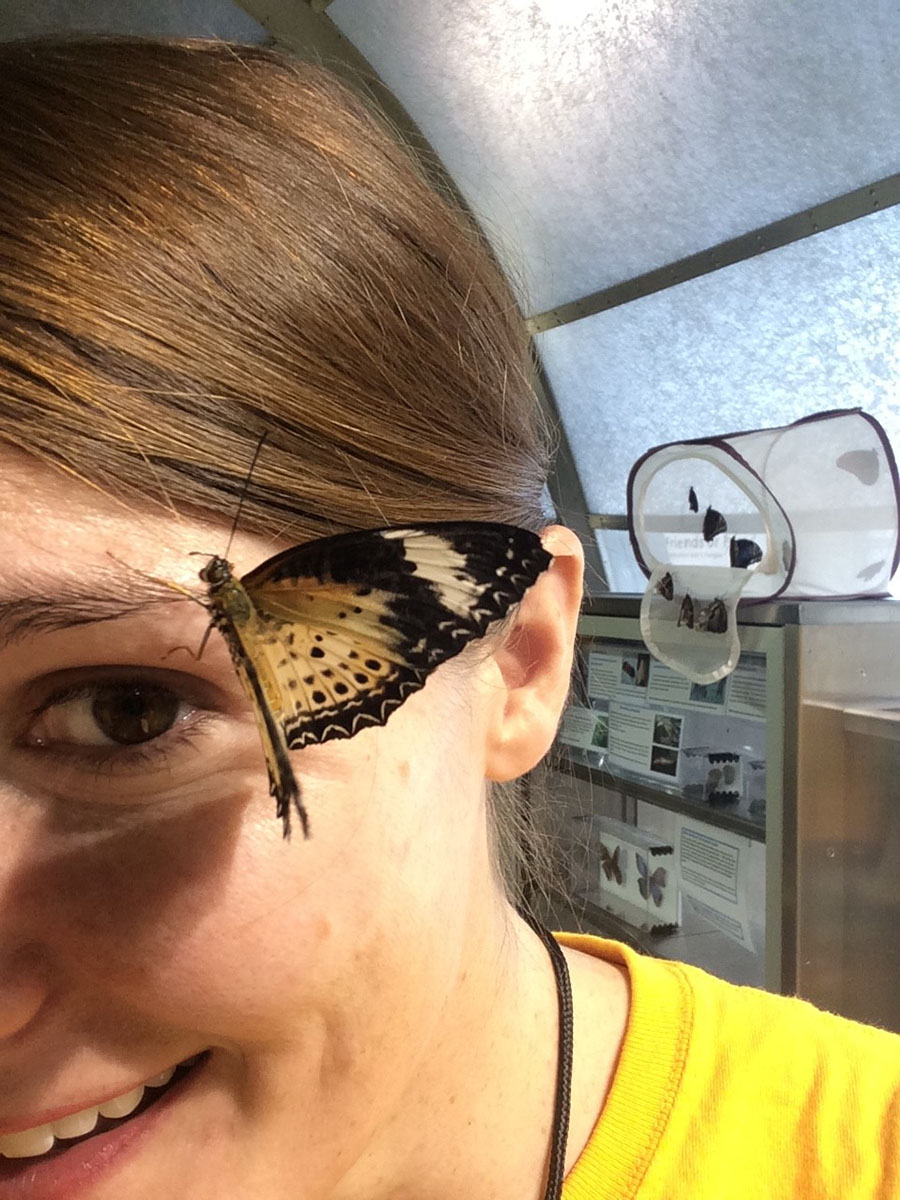 My sweaty forehead is helping supply this butterfly with nutrients. Logan Schmidt, Smithsonian Science Education Center
My sweaty forehead is helping supply this butterfly with nutrients. Logan Schmidt, Smithsonian Science Education Center
Still preparing for the new school year? We've got you covered! We have curriculum, professional development, and digital media resources to help you start the new school year off right!
Smithsonian Science for the Classroom
Curriculum | Grades 1-5
 Smithsonian Science for the Classroom was designed from the ground up to meet the Next Generation Science Standards.
Smithsonian Science for the Classroom was designed from the ground up to meet the Next Generation Science Standards.
Smithsonian Science for the Classroom is a new curriculum developed by the Smithsonian Science Education Center. It is designed to engage, inspire, and connect your students firsthand to the world around them. The curriculum has been developed in consultation with teachers and field tested in a range of schools with diverse populations. It draws on the latest findings and best practices from educational research.
For decades, the Smithsonian Science Education Center has been a leader in providing curriculum, professional development, and leadership development in support of inquiry-based science education.
Have you ever considered mosquitoes and the illnesses they transmit from an ethical perspective? For example, do you think it’s ethical to kill all mosquitoes if that would protect humans from mosquito-borne diseases? You could also consider the issue from an environmental or social perspective. Should travel be restricted for people leaving countries where mosquito-borne diseases are currently present? Perhaps you have never thought about mosquitoes in these contexts. More than likely, you might have considered the economic cost of mosquitos, either to prevent them from biting you or to treat an illness caused by a mosquito-borne disease. But what about these other perspectives? Are they not also equally important to consider when working toward local and global solutions? If we only consider the economic impact of mosquitoes, we will never truly address all of the complexities within the global challenge to ensure health for all from mosquito-borne diseases. This is the issue students from across the globe will address with Mosquito!, the Smithsonian Science Education Center’s new curriculum module.
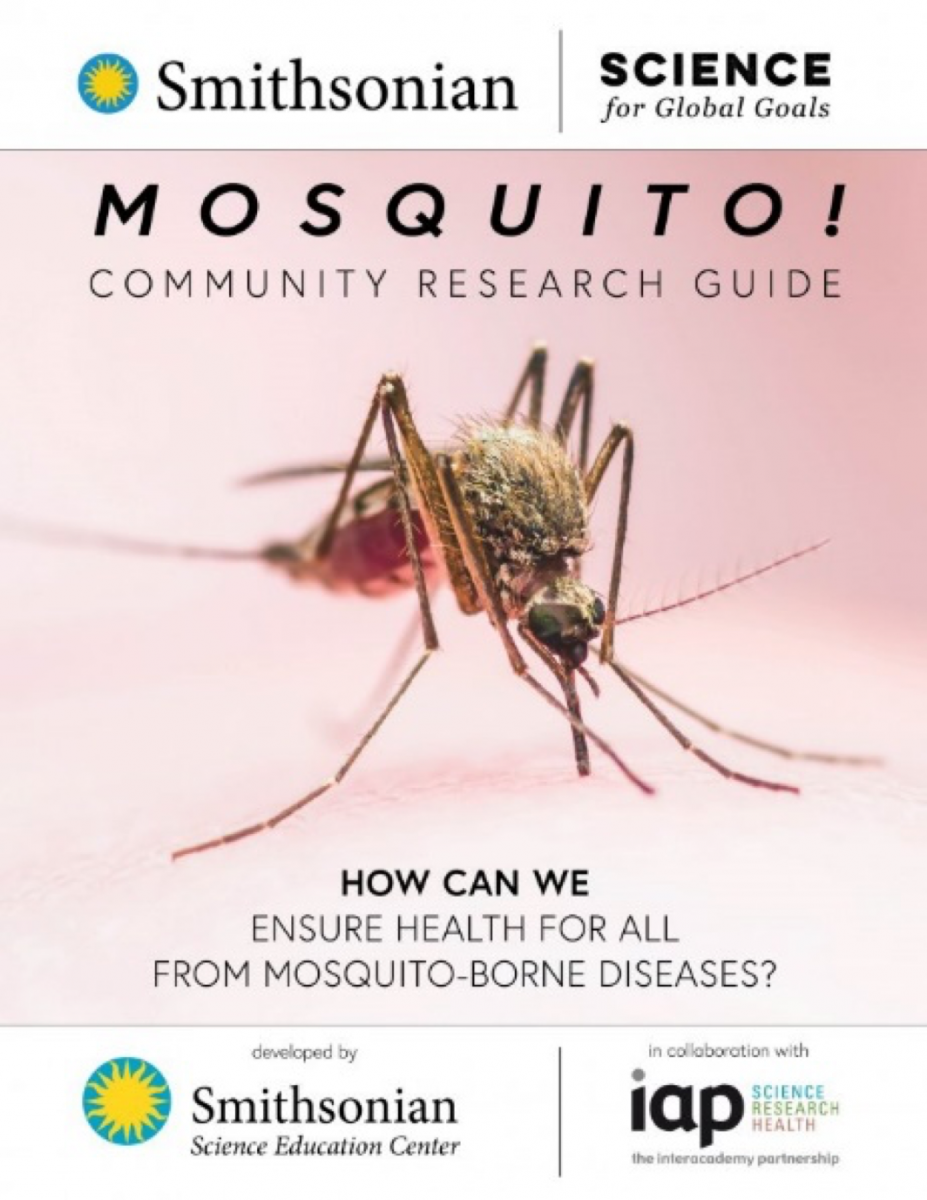 Mosquito! Community Research Guide: How Can We Ensure Health for All from Mosquito-borne Diseases? Smithsonian Science Education Center
Mosquito! Community Research Guide: How Can We Ensure Health for All from Mosquito-borne Diseases? Smithsonian Science Education Center
From July 8th to 13th, 2018, 17 educators from all over the country came to Washington, DC, to participate in this year’s Energy Smithsonian Science Education Academy for Teachers (SSEAT). Californians, Texans, and Washingtonians alike spent the week going behind the scenes of Smithsonian museums and facilities to learn more about the history of energy, current energy production and consumption, and alternative forms of energy for today and the future. The week was a whirlwind of experiences at Smithsonian museums and other field trips. Participants saw the exhibitions of the National Museum of American History and the backrooms of the National Museum of Natural History, the neutron research facility of the National Institute of Standards and Technology, and test drives in a fleet of electric and hydrogen fuel vehicles provided by the Electric Vehicle Association of Greater Washington, DC. These trips were supplemented by the expert knowledge of researchers and scientists from the Smithsonian, the Naval Research Laboratory, the National Oceanic and Atmospheric Administration, the US Department of Energy, and the National Institute of Standards and Technology who provided in-depth information on the complexities of energy.
 The station director gives a presentation about the operation of a power plant. Smithsonian Science Education Center
The station director gives a presentation about the operation of a power plant. Smithsonian Science Education Center
Sometimes there is nothing more refreshing than a cold drink. You walk into a restaurant, get your plastic cup of soda, and stab a plastic straw through the lid. The drink is gone in probably an hour at the most, but that cup and straw will be hanging around in a landfill or ocean long after that.
What is it?
What are these things made of that make them stick around for so long? Most drinking straws are made out of polypropylene, a commonly used polymer. A polymer is a very long chain of molecules all bonded together. Most plastics that you use are polymers. Polypropylene is made using propylene gas, a fuel made up of hydrogen and carbon atoms. The gas goes through a chemical reaction (polymerization), and a lot of the propylene molecules form one very long chain called polypropylene. This makes your drinking straws. Another polymer is polyethylene terephthalate. This is the plastic in soda bottles and is made of long chains of carbon, hydrogen, and oxygen atoms.
How do we use it?
Plastic has become a large part of our life ever since it came into popular use in the 1960s. It is used everywhere, from hospitals to shoes to food containers. It is inexpensive and easy to shape and use in a variety of ways. Medical use of plastic allows for making better artificial limbs. Sterile plastic packaging cuts down on the risk of infections. Plastic in the home keeps our houses at more reasonable temperatures and cuts down on energy costs. Using plastic to preserve food keeps it good and fresh for longer.
But with all this plastic use, where does it all go after we are done with it? Plastic can’t decompose like other natural materials. In the future, there will be a need to make better plastics and be more careful with how we use it.

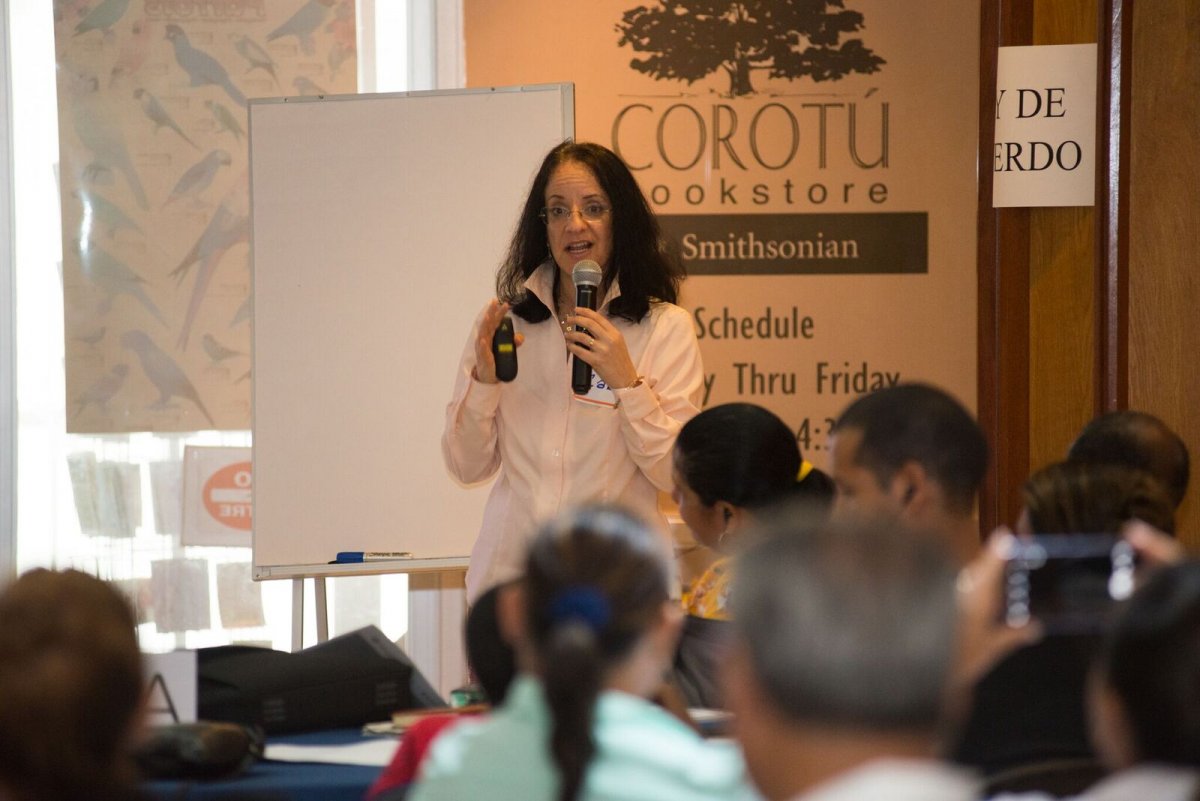
Smithsonian Science for Global Goals – Panama City, Panama
To support the release of this curriculum, Smithsonian Science for Global Goals, the Smithsonian Science Education Center hosted a Building Awareness for Sustainable Education (BASE) program in Panama City, Panama on June 6th. The program was attended by 30+ local stakeholders including Smithsonian Tropical Research Institute (STRI) scientists and staff, the Ministry of Education (MEDUCA), the Inter-American Development Bank and Staff from the Smithsonian Affiliate Biomuseo, along with other local stakeholders invested in education and health. June 7th - 8th the Smithsonian Science Education Center hosted, a two-day professional development workshop on the Mosquito! module, bringing together 45 teachers from around Panama, representing both public and private schools. Teachers had the opportunity to engage in hands-on experiences from the curriculum, and explore ways that this curriculum may be used in their classrooms.
Do you know an engineer? Do you know what she does? There are many types of engineers. Your dad might design the heating and air-conditioning system for a military base. That college student down the street? She’s doing a summer internship at the Smithsonian Institution surveying which buildings meet sustainability goals. Your math teacher may have designed rockets for NASA before he decided to teach. My husband once designed computer software that a different company used to design diaper pails.
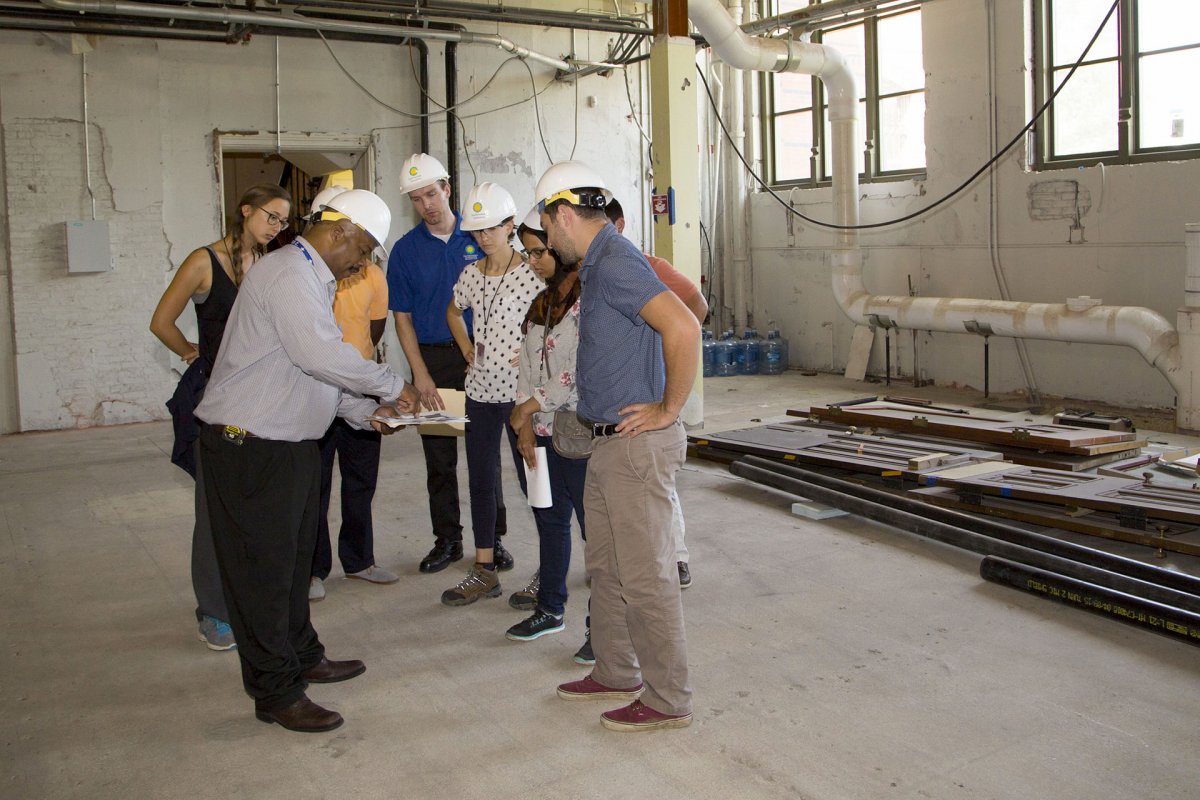 Many employers, like the Smithsonian, offer engineering internship opportunities. Image: Smithsonian
Many employers, like the Smithsonian, offer engineering internship opportunities. Image: Smithsonian
Imagine you are asked to design a zoo exhibit for your local zoo. I know, this is a stretch but "bear" with me! Let’s break it down into the steps you might take if this were an engineering project. As with any engineering problem, the first thing you need to know are the requirements. Requirements are made up of criteria and constraints.
Step 1: Understand the criteria and constraints
You need to decide how you are going to measure the success of your zoo exhibit design: the criteria. Will it be the number of visitors that stop at your exhibit or how long they stop? Do you want criteria that show visitors have learned something? Do you want to know if you motivated people to do something about conservation? Do you want a way of measuring how satisfied visitors are with their experience? No one wants to see an empty exhibit space at a zoo, so you may want to decide on a percentage of time that animals are visible as a measure of visitor satisfaction.
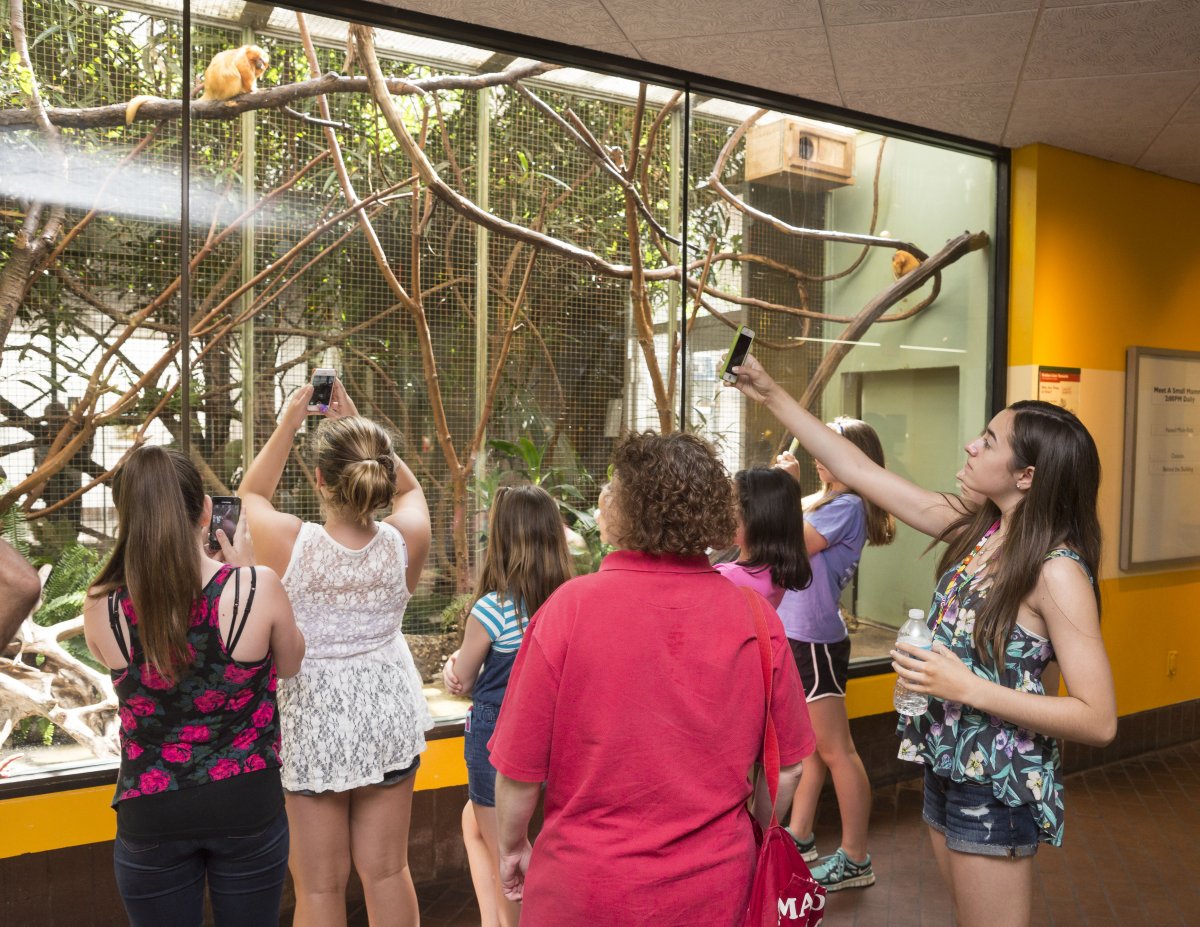 You will want your exhibit to give visitors a positive impression of the zoo. How will you measure this? Mark Van Bergh, Smithsonian’s National Zoo
You will want your exhibit to give visitors a positive impression of the zoo. How will you measure this? Mark Van Bergh, Smithsonian’s National Zoo
Federal Coordination - STEM Committee Meeting
Smithsonian Science Education Center Director, Carol O’Donnell, attended the Federal Coordination (FC)-STEM Committee Meeting at the Eisenhower Executive Office Building on Tuesday, May 8th. The goals of the meeting were: a) equip the FC-STEM Committee to guide Federal STEM planning by providing essential background and context, and b) guide the development of the future 5-Year Federal STEM Education Strategic Plan and its ancillary working groups.
2018 STEMconnector All-Member Summit
Why Are Amphibians So Important?
Amphibians are the oldest tetrapods, or four-legged animals, on Earth. They appeared on land for the first time over 350 million years ago. There are around 6,000 species of amphibian, most of which are frogs.

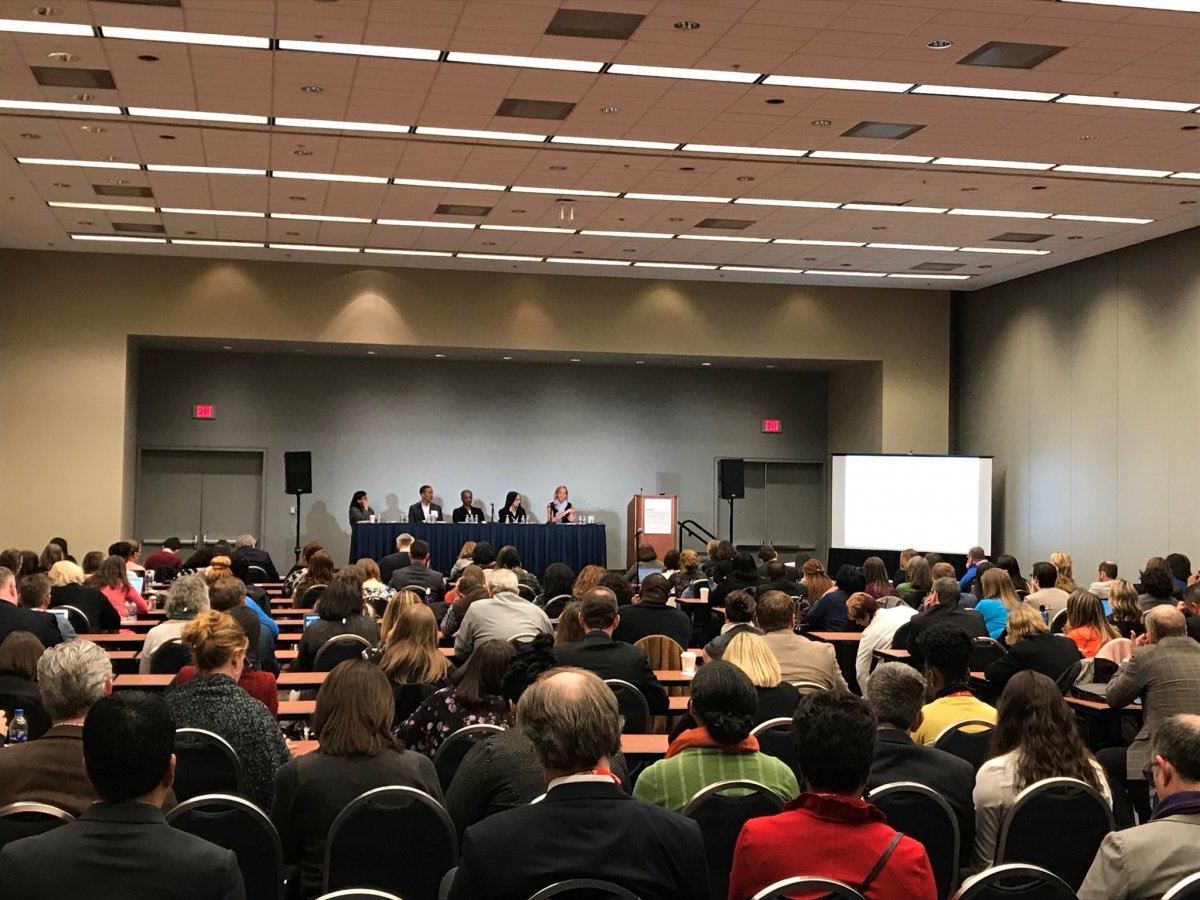
US News and STEM Solutions Conference on K-12 Panel
While U.S. students are graduating high school at the highest rate ever, questions remain about how well prepared new diploma-holders are for what comes next. For instance, researchers estimate that some 6 million jobs remain unfilled, many of which require individuals with STEM skills that employers say they just cannot find enough of in the talent pool. In response, K-12 administrators, advocates, and policymakers are working to shore up education programs in K-12 to give students the skills they need to compete in the workforce or the college classroom. The change is happening by improving teacher training, integrating more experiential and hands-on learning into the classroom, and teaming up K-12 schools with corporate and higher education partners to advance women in STEM. Several education leaders presented on this standing-room only panel, including Dr. Carol O'Donnell, Director of the Smithsonian Science Education Center (SSEC), who discussed SSEC's role in the Johnson & Johnson Women in Science, Technology, Engineering, Mathematics, Manufacturing, and Design (WISTEM2D) initiative.
You have big news that you want to share with family in Mexico, India, or the UK. Maybe you will send an email or an instant message. Perhaps you are so excited that you will call them on the phone or make a video call through the computer. The only delay to the person receiving the news is how quickly they read the message or accept the call. However, this wasn’t always the case. At one point, the electric telegraph was the very latest thing in sending a message. The electric telegraph revolutionized how quickly messages could be received.
The Honey Hollow Watershed Conservation Area was created in 1939 in eastern Pennsylvania. It was formed by five families who owned farmland along the Honey Creek. They were concerned because their fields were washing away. The erosion of their fields was caused by farming methods, especially cultivation by machinery. With support from the regional Soil Conservation Service, the Honey Hollow Project became a model of cooperative efforts to conserve soil, water, wildlife, and, ultimately, farmland. Honey Hollow Watershed was declared a National Historic Landmark in 1969.
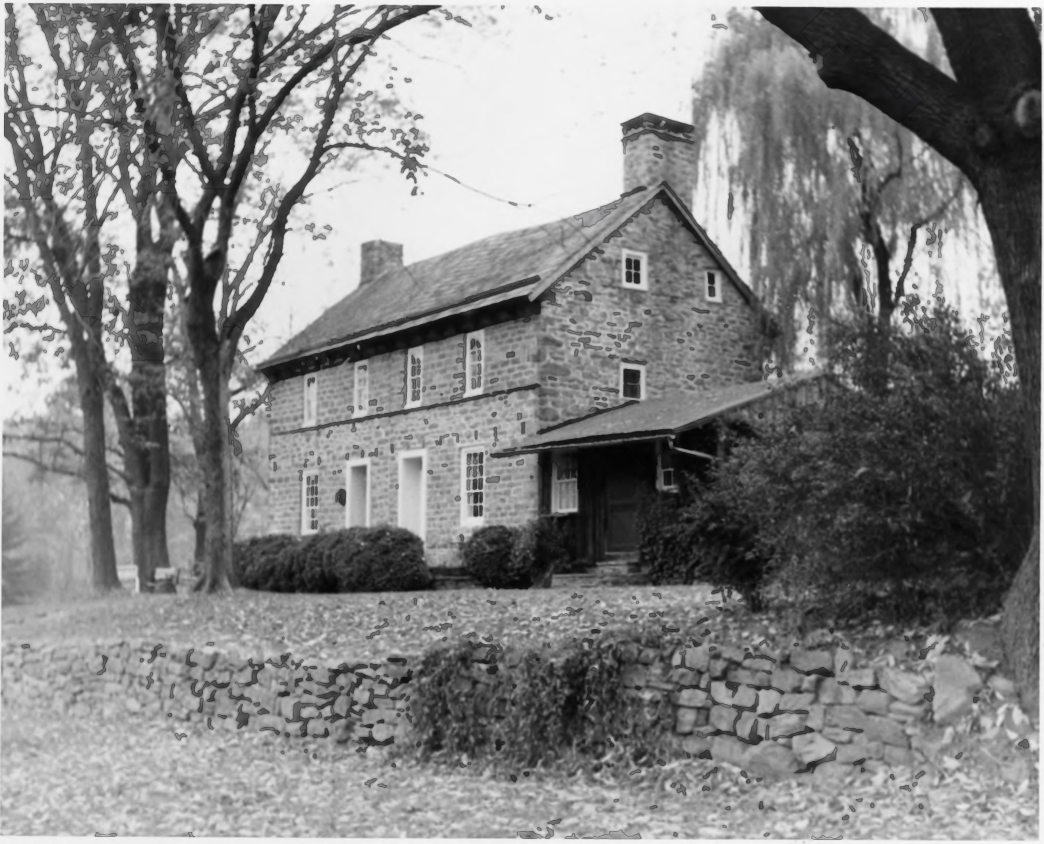 Crooks farmhouse. Image: Crook’s House- NPS, National Register collection
Crooks farmhouse. Image: Crook’s House- NPS, National Register collection
Editors note: is an electronic field guide developed by Columbia University, the University of Maryland, and the Smithsonian Institution. The app includes images of leaves, flowers, fruit, petiole, seeds, and bark from different tree species, and features visual recognition software that helps users identify a species of tree by uploading images of a leaf. It shares data uploaded by users, including the location and species, with scientists mapping the distribution of flora across the country and lets users view species documented in their area. Leafsnap is a great tool to use for Citizen Science Day on April 14, 2018.
For years I’ve been fascinated by Leafsnap, a free app produced by the Smithsonian that lets users in the US and Canadian northeast identify trees by snapping pictures of their leaves. I live and teach in a downtown neighborhood and pass hundreds of trees every day on my walk to school. Sadly, other than the distinctive maple and some oaks, I could never tell one from another: they were just filed under the broad domain of “trees”. I’ve always admired environmentally literate folks who can distinguish between different species and better articulate their surroundings. Fortunately, since I discovered Leafsnap, I now make the occasional stop to identify a tree that catches my eye and educate myself, a lifelong city dweller, on what Frank Loyd Wright called “our best friend on earth.”
 Image: Leafsnap.com
Image: Leafsnap.com
Mountains in the mist
The Isle of Skye is a 50-mile-long island in the Atlantic Ocean, just off the west coast of Scotland. It is famous for its dramatic scenery and wet weather. Its mountain ranges have names that wouldn’t look out of place in a Tolkein novel: Red Cuillin, Black Cuillin, Trotternish. It is a place where office workers come to de-stress and adventure seekers come to climb some of the most challenging mountains in Europe. Car manufacturers film new models of cars being expertly handled on Skye’s near empty winding roads. It is also an island where dinosaurs used to roam. Recently, there have been several discoveries of fossils in Skye from the Middle Jurassic period (174–164 millions of years ago). The Middle Jurassic period was an important time in the evolution of dinosaurs. It was when the first birds started to fly, meat eaters started to diversify, and long-necked sauropods (herbivores such as Brachiosaurus) started to get really big. Fossils from this period are rare, so now Skye has a new type of visitor: scientists.
 Skye has a lot of rain, even by British standards. Image: longtaildog/istock/Thinkstock
Skye has a lot of rain, even by British standards. Image: longtaildog/istock/Thinkstock
Editor's Note: This article first appeared on EducationNC.
When you were a student, did you see a teacher that looked like you standing in front of your class? Chances are if you are a person of color the answer is no. In North Carolina, over 80 percent of the teachers are white, while under 50 percent of the student population is white, according to data from the Department of Public Instruction.
